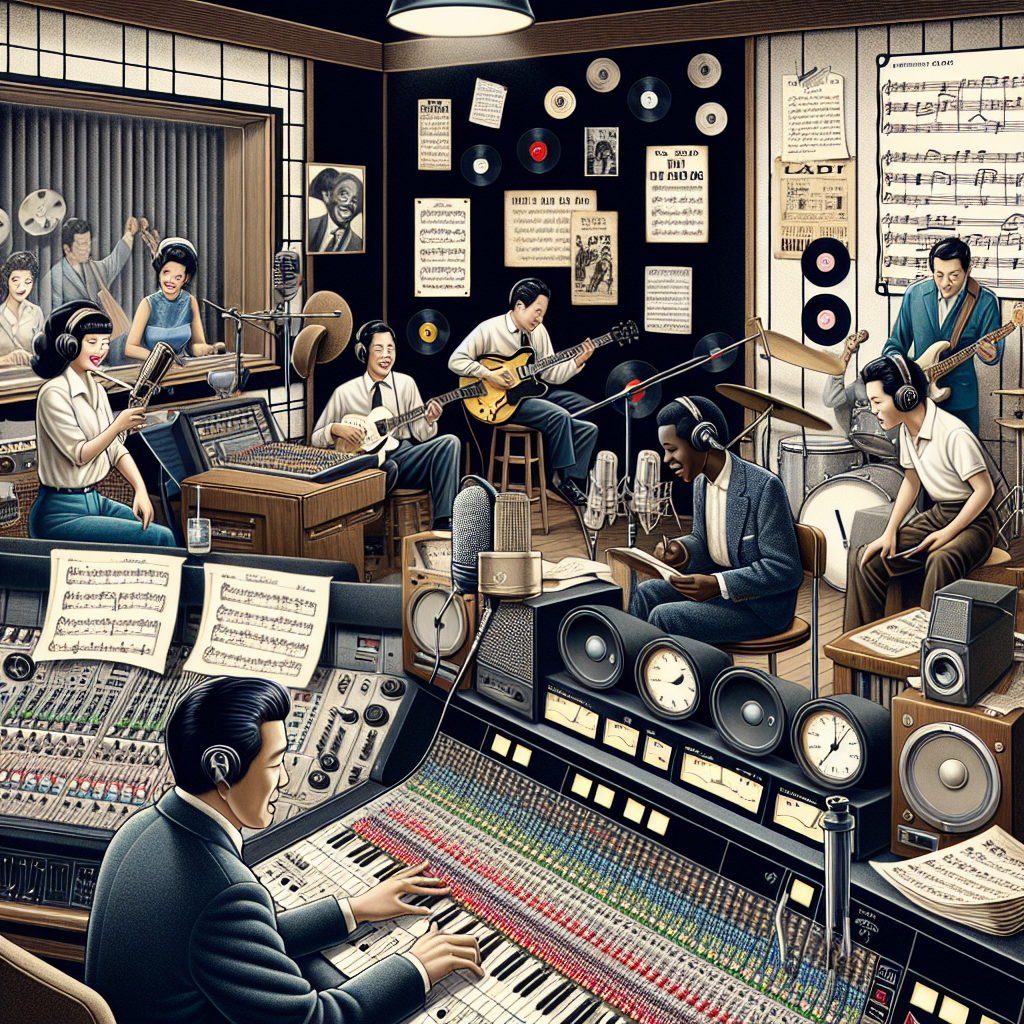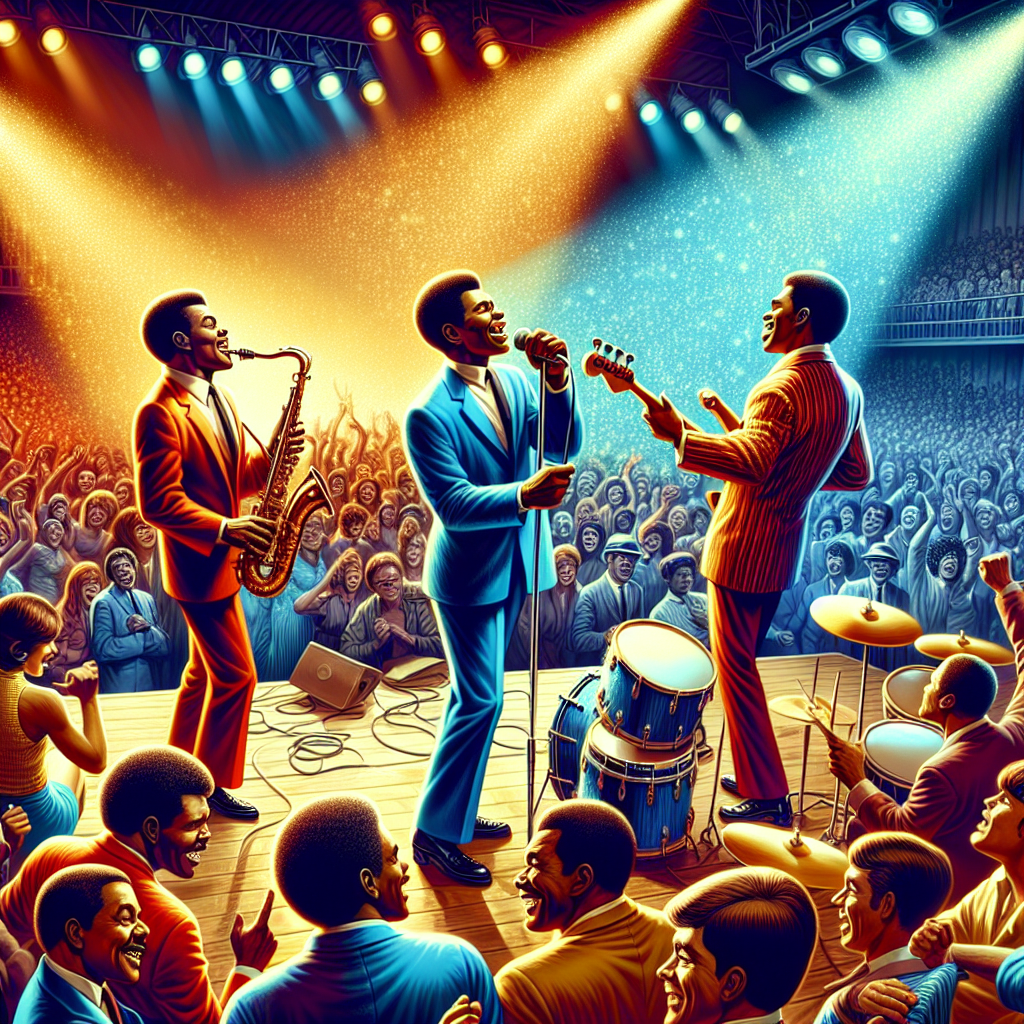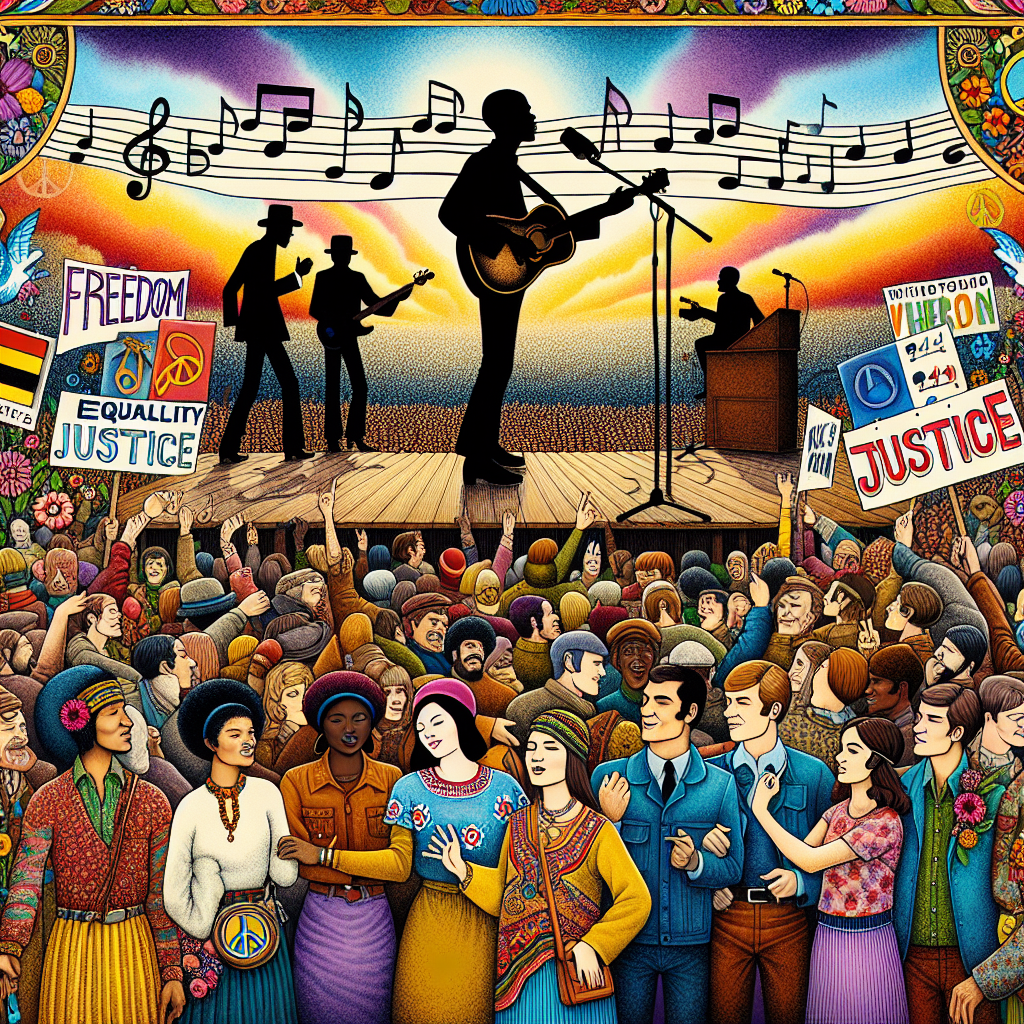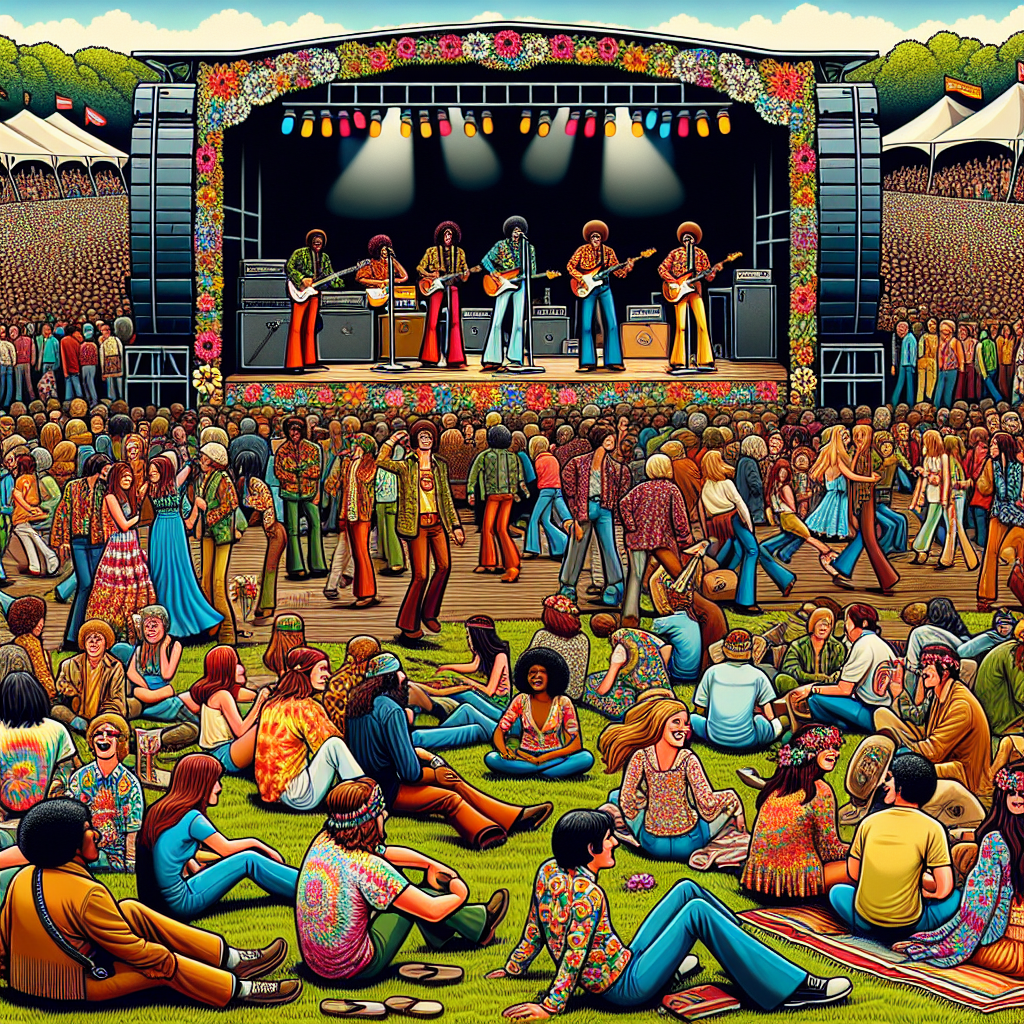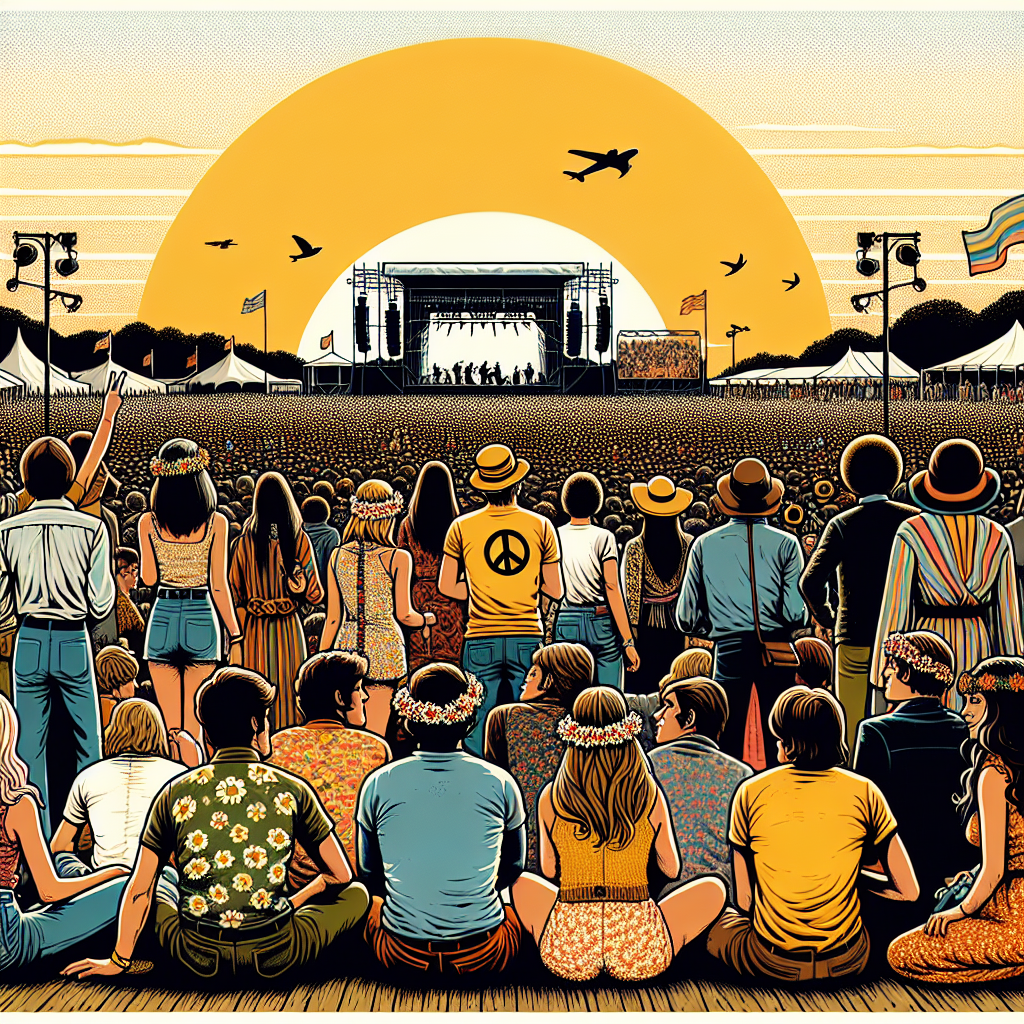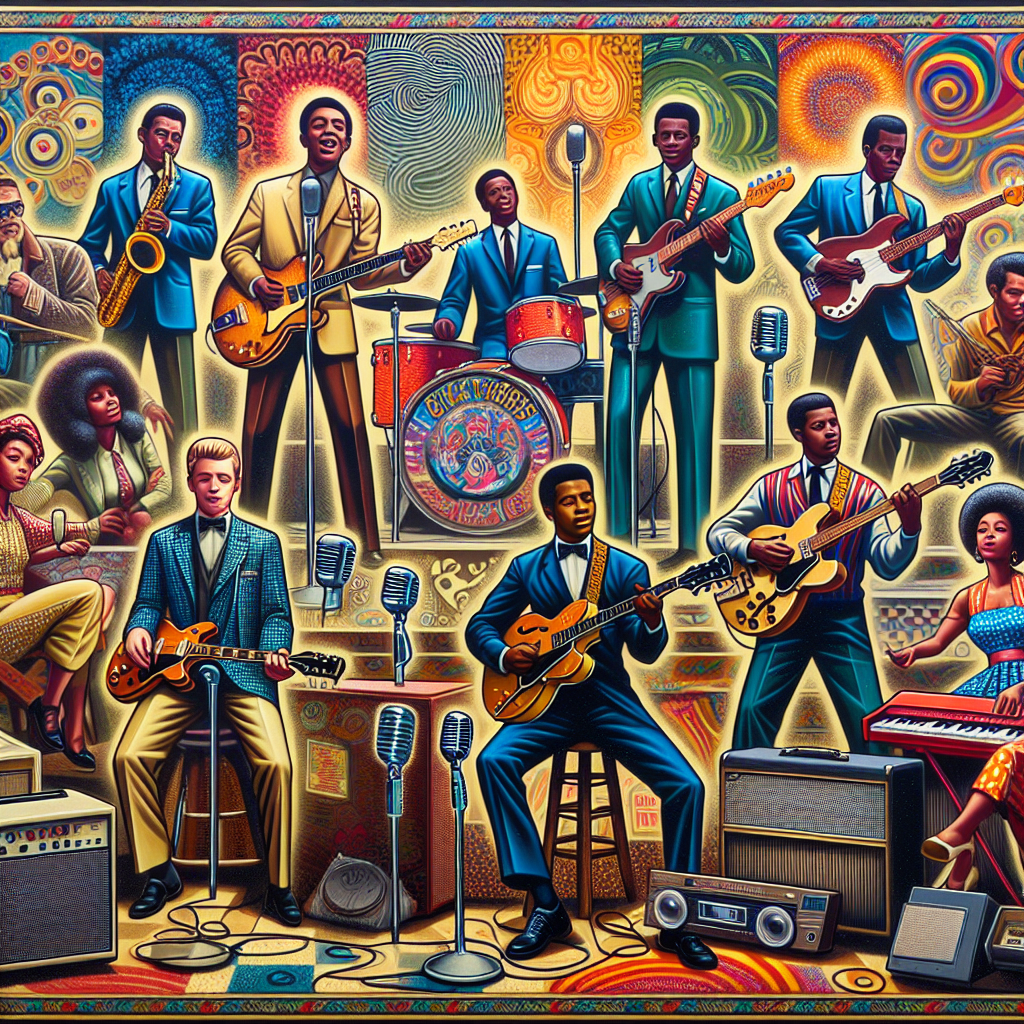Music has always been a reflection of culture, and the songs of the 50’s, 60’s, and 70’s were no exception. Behind some of the biggest hits of these decades are fascinating stories that give us insight into the world in which they were created.
Politicians often found themselves at odds with musicians during this time, leading to some iconic protest songs. Bob Dylan’s “Blowin’ in the Wind” became an anthem for the civil rights movement, while John Lennon’s “Imagine” challenged listeners to envision a world without war or division.
Fashion also played a role in shaping music during these decades. The Beatles’ mop-top haircuts and mod suits became synonymous with the British invasion, while artists like Jimi Hendrix embraced psychedelic style with their colorful clothing and wild patterns.
Technology also played a significant role in shaping music during this time. The introduction of electric guitars and amplifiers revolutionized rock and roll, while advancements in recording technology allowed artists to experiment with new sounds and effects.
Despite the challenges of their time, musicians from the 50’s, 60’s, and 70’s used their platform to create timeless music that continues to resonate with audiences today. Their stories remind us of the power of music to inspire change and unite people from all walks of life.
